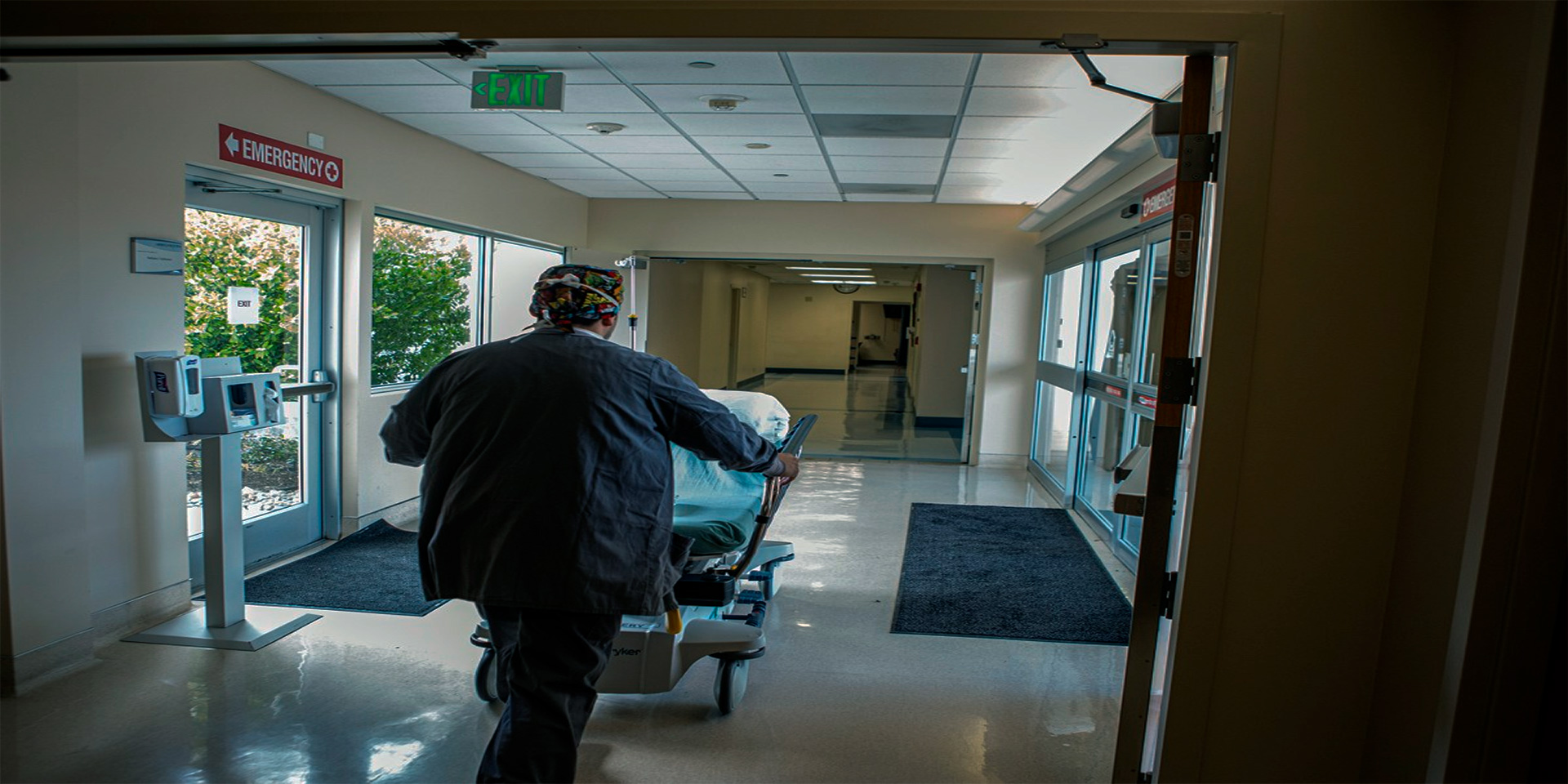Healthcare costs can be unpredictable and overwhelming, often leaving individuals and families scrambling for financial solutions. Medical loans have emerged as a critical tool for covering unexpected expenses, ensuring timely access to quality care. These loans bridge the gap between out-of-pocket costs and available insurance coverage, empowering patients to focus on recovery rather than financial stress. This article explores how medical loans work, their benefits, and considerations for choosing the right loan to meet healthcare needs.
The Rising Cost of Healthcare
Healthcare costs have been steadily increasing worldwide, driven by factors such as advanced medical technologies, aging populations, and administrative expenses. In the United States alone, average annual healthcare spending per person exceeds $12,000, often leaving individuals with significant out-of-pocket expenses despite insurance coverage. Similarly, countries with limited public healthcare systems see patients bearing the brunt of medical costs.
Unexpected medical emergencies, such as surgeries, accidents, or critical illnesses, further strain household budgets. Even routine healthcare services like dental care or vision correction can become costly without adequate savings or coverage.
Key Drivers of Rising Healthcare Costs
- Technological advancements in medical procedures and equipment.
- Increased prevalence of chronic diseases requiring long-term care.
- Higher administrative and operational costs in healthcare systems.
The financial burden of healthcare underscores the importance of accessible medical loans as a safety net for patients.
What Are Medical Loans?
Medical loans are specialized personal loans designed to cover healthcare-related expenses. Unlike traditional loans, these are tailored for medical use, offering features like faster approval times and flexible repayment terms. They can be used for a wide range of services, including surgeries, dental treatments, fertility procedures, cosmetic surgeries, and emergency care.
For example, a patient undergoing elective surgery might use a medical loan to finance the procedure upfront, repaying the amount over a predetermined period. These loans are offered by banks, credit unions, and specialized healthcare financing companies.
Features of Medical Loans
- Unsecured loans, typically not requiring collateral.
- Fixed interest rates and flexible repayment options.
- Quick approval processes for time-sensitive treatments.
Medical loans provide a convenient solution for patients facing immediate healthcare expenses without sufficient savings.
Benefits of Medical Loans
Medical loans offer several advantages that make them an attractive option for individuals dealing with healthcare costs. They provide immediate access to funds, enabling patients to receive timely treatment without delays caused by financial constraints. Additionally, these loans often have lower interest rates compared to credit cards, reducing the overall financial burden.
Moreover, medical loans allow patients to preserve their savings and manage expenses without compromising other financial priorities. For instance, instead of depleting an emergency fund for a surgery, a medical loan spreads the cost over manageable installments.
Key Advantages
- Immediate access to funds for urgent medical needs.
- Lower interest rates compared to credit card debt.
- Flexible repayment plans tailored to the borrower’s financial situation.
These benefits make medical loans a practical choice for navigating unexpected healthcare expenses.
Use Cases for Medical Loans
Medical loans are versatile and can be used for a variety of healthcare needs. Common applications include elective surgeries, such as LASIK eye surgery or cosmetic procedures, which are often not covered by insurance. They also provide crucial support for fertility treatments like in vitro fertilization (IVF), which can be prohibitively expensive for many families.
Additionally, medical loans are frequently used for emergency procedures, such as unexpected surgeries or treatments for critical illnesses. For patients with limited insurance coverage, these loans fill the gap between high deductibles and out-of-pocket maximums.
Common Applications
- Elective procedures: Cosmetic surgeries, dental implants, LASIK.
- Fertility treatments: IVF, egg freezing, and related procedures.
- Emergency care: Surgeries, hospitalization, and critical illness treatments.
Medical loans offer a lifeline for patients seeking financial relief across a wide range of healthcare services.
Considerations When Choosing a Medical Loan
While medical loans provide valuable financial support, borrowers must carefully evaluate their options to avoid potential pitfalls. Factors such as interest rates, repayment terms, and lender reputation should be considered before committing to a loan. For example, some lenders offer promotional interest rates that increase significantly after an introductory period, resulting in higher costs over time.
It’s also important to calculate the total cost of borrowing, including fees and interest, to ensure the loan aligns with one’s financial capabilities. Borrowers should compare multiple lenders and read the fine print to avoid hidden charges or unfavorable terms.
Key Factors to Evaluate
- Interest rates and annual percentage rates (APRs).
- Repayment terms and monthly installment amounts.
- Loan approval time and flexibility for medical emergencies.
Making an informed decision ensures that borrowers choose a medical loan suited to their needs and financial situation.

Challenges and Risks of Medical Loans
Despite their benefits, medical loans come with potential challenges. High interest rates can lead to significant financial strain if borrowers fail to repay on time. Additionally, relying on loans for healthcare expenses may contribute to long-term debt accumulation, particularly for individuals with recurring medical needs.
Another risk is predatory lending practices, where unscrupulous lenders exploit vulnerable patients by offering loans with unfavorable terms. For example, some lenders may include hidden fees or aggressive repayment schedules that are difficult to manage.
Common Risks
- High interest rates and potential for long-term debt.
- Predatory lending practices targeting vulnerable borrowers.
- Over-reliance on loans for recurring medical expenses.
Awareness of these risks helps borrowers take precautions and choose trustworthy lenders.
The Role of Healthcare Providers and Financial Institutions
Healthcare providers and financial institutions play a crucial role in facilitating medical loans. Many hospitals and clinics partner with financing companies to offer patients tailored loan options, simplifying the application process. For example, some providers offer zero-interest financing for elective procedures, easing the financial burden on patients.
Banks and credit unions also offer personal loans specifically designed for medical use. These institutions provide transparent terms and competitive rates, making them a reliable option for borrowers. Additionally, financial literacy programs can help patients understand their options and make informed decisions.
Examples of Supportive Initiatives
- Hospital partnerships with lenders for seamless financing options.
- Banks offering personal loans with medical-specific terms.
- Financial education programs to guide patients through loan choices.
Collaboration between healthcare providers and lenders enhances accessibility and affordability of medical loans.
Alternatives to Medical Loans
For patients seeking alternatives to medical loans, several options are available. Health savings accounts (HSAs) and flexible spending accounts (FSAs) provide tax-advantaged ways to save for medical expenses. These accounts allow individuals to allocate pre-tax income toward healthcare costs, reducing reliance on loans.
Insurance plans with comprehensive coverage can also minimize out-of-pocket expenses, reducing the need for additional borrowing. Additionally, charitable organizations and crowdfunding platforms offer financial support for patients facing significant medical expenses.
Alternative Solutions
- HSAs and FSAs for pre-tax savings on medical costs.
- Comprehensive insurance plans to cover major expenses.
- Charitable grants and crowdfunding for financial assistance.
Exploring these alternatives can help patients manage healthcare costs without incurring debt.
The Conclusion
Medical loans provide a vital solution for individuals navigating the financial challenges of healthcare. By covering unexpected expenses and improving access to quality care, these loans empower patients to prioritize their health without undue financial strain. However, borrowers must carefully evaluate their options, consider alternative solutions, and remain vigilant against potential risks. With informed decision-making and support from healthcare providers and financial institutions, medical loans can bridge the gap in healthcare costs, ensuring timely treatment and better health outcomes for all.




